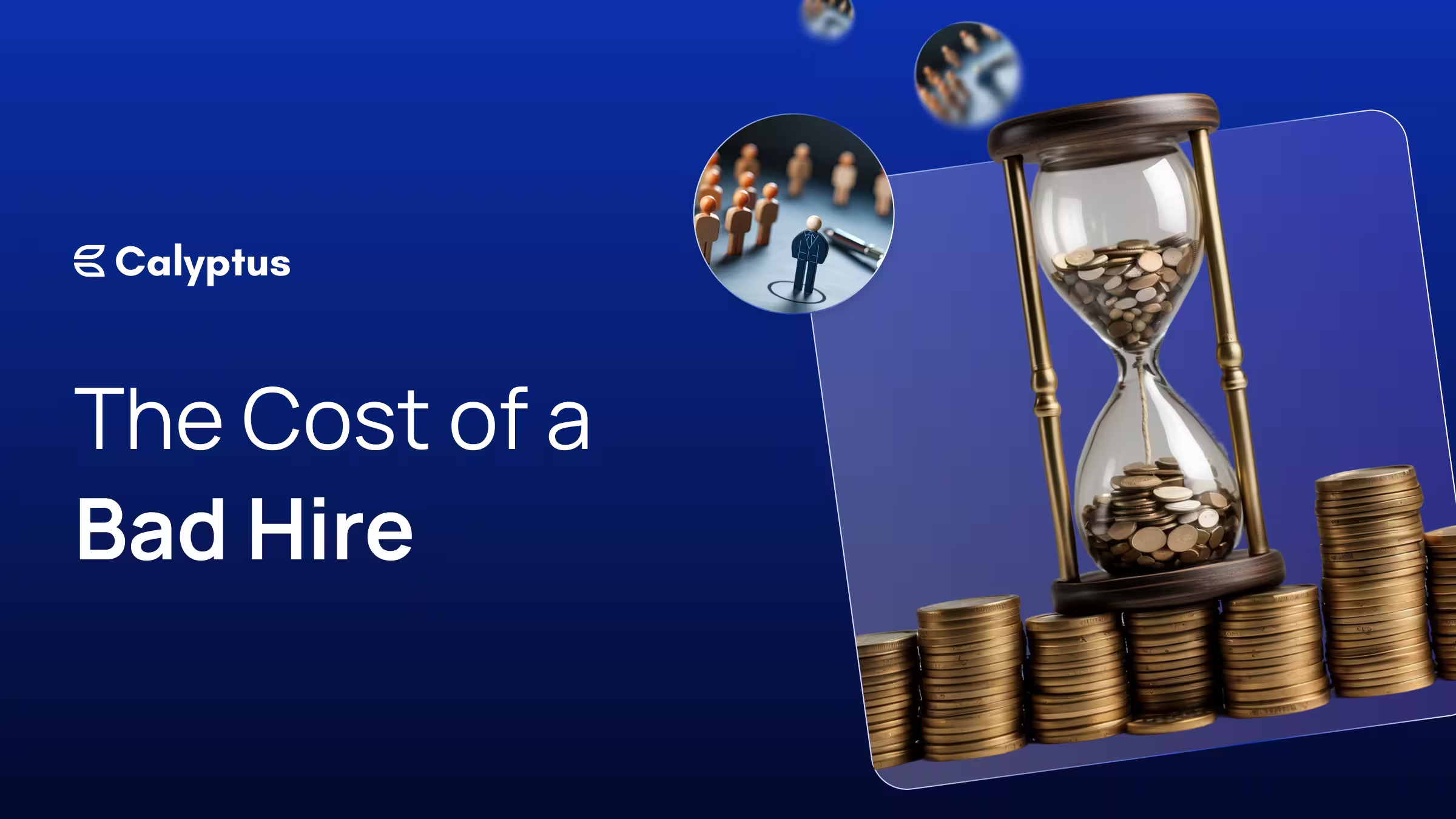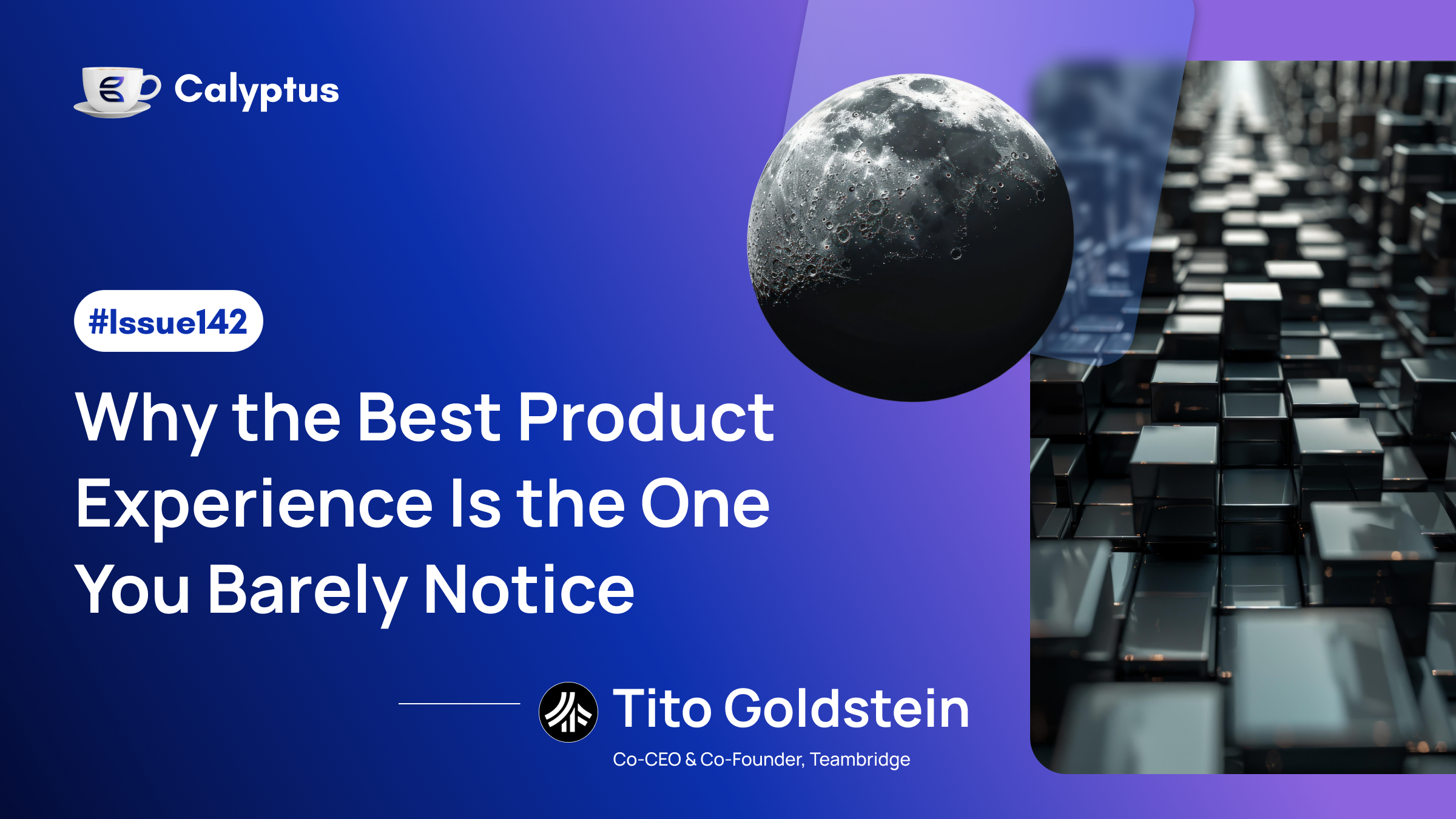A single hiring mistake can cost your organization up to five times an employee's annual salary. That is not hyperbole — it is based on hard data from SHRM that should make every hiring decision feel like a million-dollar bet, because in many cases, it literally is.
While we celebrate successful hires, the devastating impact of bad ones often gets swept under the corporate carpet. But the numbers reveal that 95% of organizations admit to making bad hires every year and 74% of employers have hired the wrong person. If you think "that will not happen to us," you are already behind.
The Financial Devastation: Beyond the Obvious
Direct Costs That Multiply Fast
The U.S. Department of Labor estimates that a bad hire costs at least 30% of first-year earnings. For a $60,000 salary, that is $18,000 in immediate damage. But this conservative figure barely scratches the surface.
When you factor in recruitment expenses, onboarding costs, training investments, and replacement hiring, the average cost of a bad hire reaches $17,000. For executive positions, this can hit up to $240,000. A study by the Recruitment and Employment Confederation found that bad hires can cost three to four times the salary.
The Hidden Productivity Drain
Bad hires do not just fail to contribute — they can actively harm team output. Research shows that poor performers can reduce productivity by up to 40%, while managers spend 17% of their time supervising underperformers. The opportunity cost here is staggering.
It takes an average of 12 weeks to reach full productivity, meaning three months of reduced output while hoping for improvement.
The Cultural Carnage: When One Bad Apple Spoils Everything
The Morale Massacre
Perhaps the most insidious cost is the damage to morale. Eighty percent of employees' decisions to quit are influenced by coworker problems, meaning one toxic hire can cause top talent to leave. When good employees pick up extra work, resentment builds.
Gallup reports that disengaged employees cost $8.8 trillion globally. Toxic hires only make this worse.
Customer Impact and Brand Damage
Bad hires harm customers too. Eighty-nine percent of employers agree bad hires lack soft skills, and 32% of customers will leave after one bad experience. The brand damage can be lasting.
How Data Analytics Transforms Hiring Decisions
Predictive Analytics: The Game Changer
Companies without standardized interviews are five times more likely to make bad hires. Organizations investing in strong candidate experiences improve quality of hires by 70%.
Modern HR analytics can predict candidate success with high accuracy by spotting patterns in backgrounds, performance, and behavior.
Real-Time Monitoring and Early Intervention
Pulse surveys and sentiment analysis tools can flag issues in the first 30-90 days. AI-powered screening tools can reduce cost-per-hire by up to 74% while improving quality.
The Prevention Prescription: Data-Driven Solutions
- Standardized interview processes reduce bad hires fivefold
- Skills-based assessments improve hire quality
- Continuous feedback loops enable real-time adjustments to hiring
The Strategic Imperative: Making Data Your Competitive Advantage
Predictive models built from historical hiring data and integration with BI allow organizations to directly tie hiring quality to business results.
Your Action Plan
- Implement standardized interview scorecards
- Deploy pulse surveys for new hires at 30, 60, and 90 days
- Track hiring source effectiveness
- Use AI-powered resume screening
- Create continuous feedback loops
- The data is clear: bad hires are preventable when you let analytics guide your decisions.




